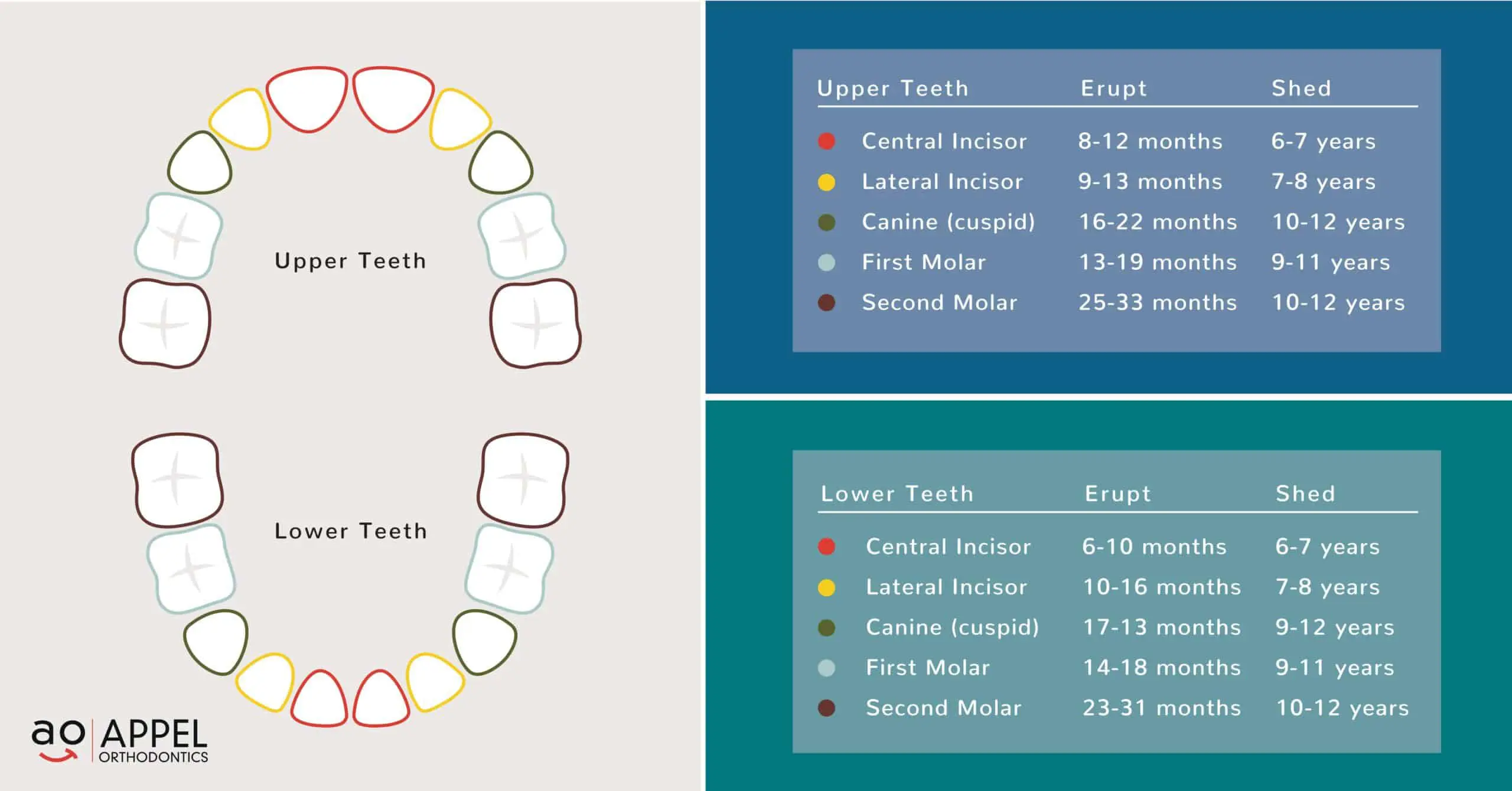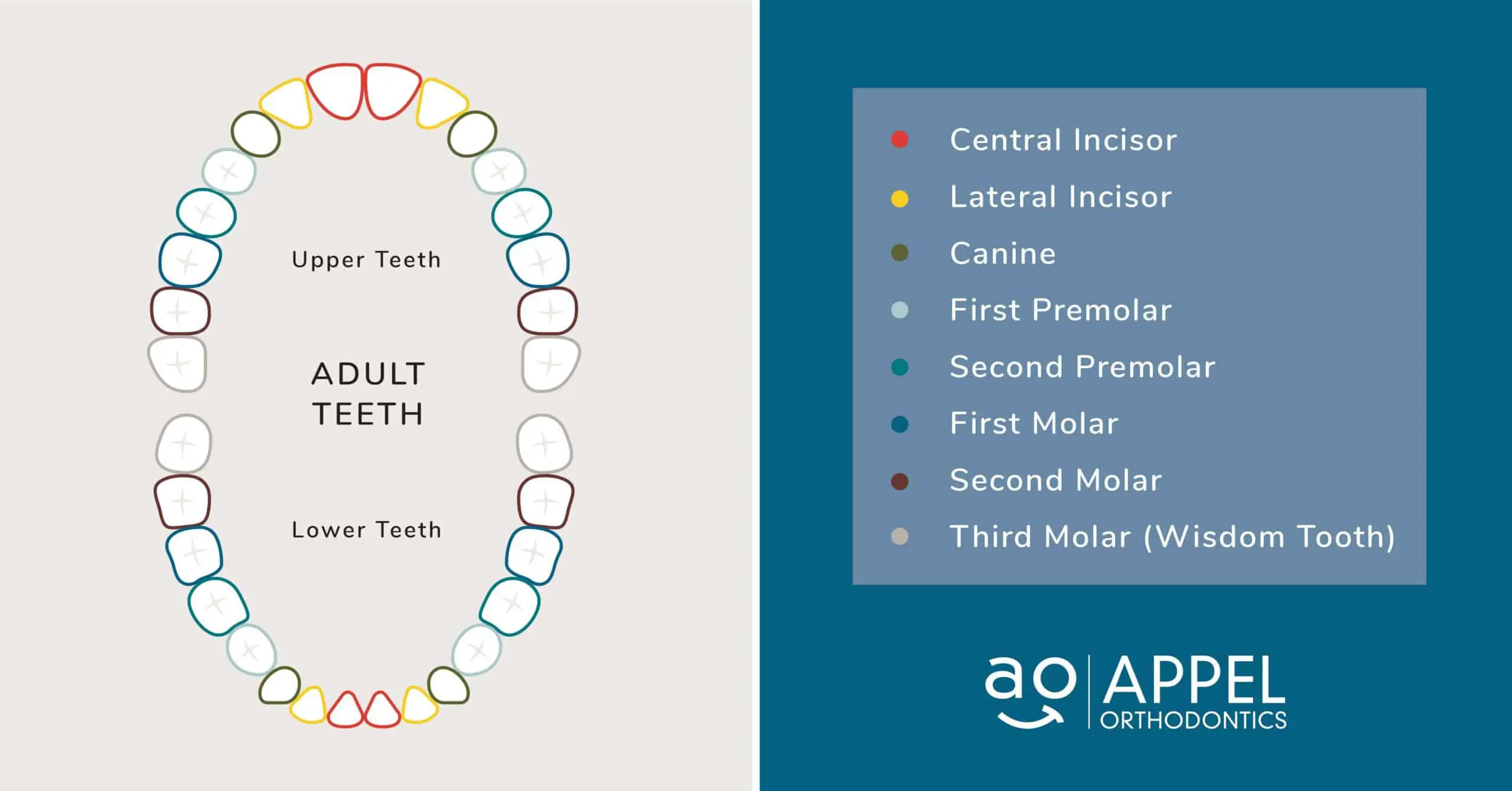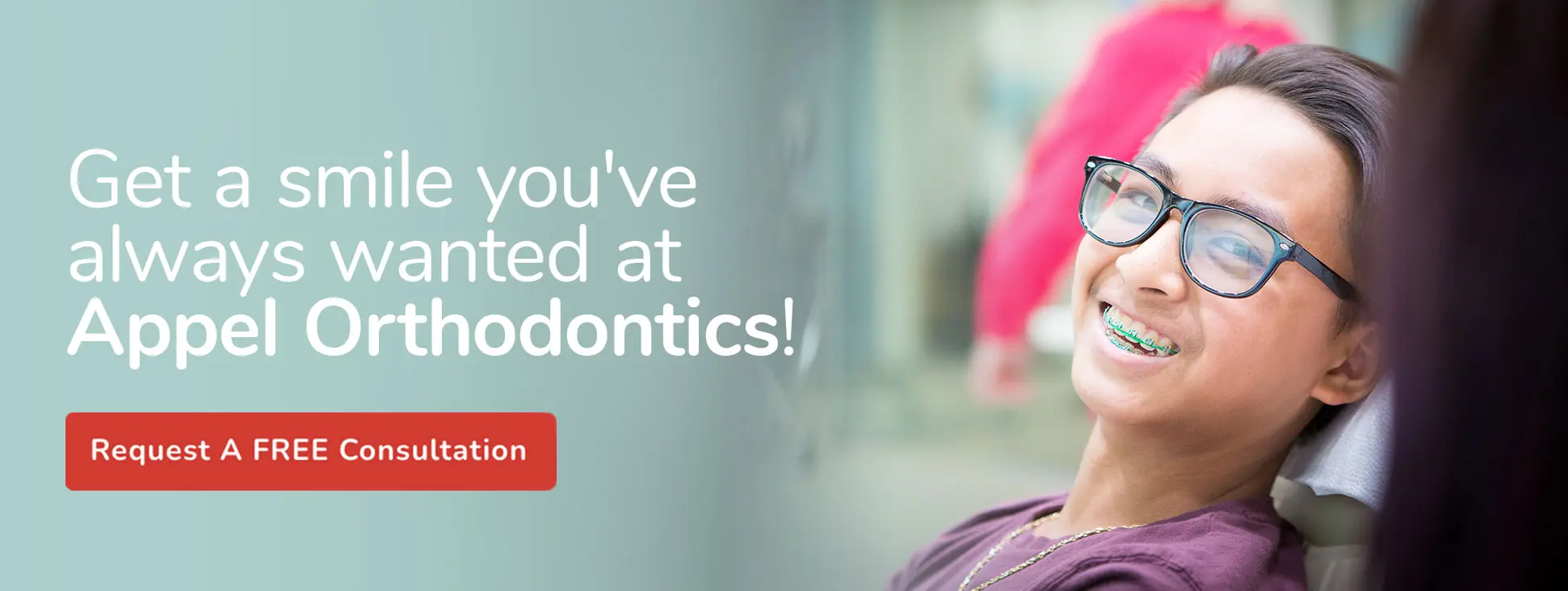Losing Baby Teeth and Puberty
We all know puberty causes major changes in a child’s body. Hormones take off, growth spurts occur, and before you know it, your adorable little child is now a surly teenager asking to borrow the car! Puberty can also affect your child’s dental health, too. All those new hormones can cause extra blood to flow to the gums, which can make them swell and feel tender. Your child may even experience bleeding when brushing or flossing. This is called puberty gingivitis, and it should be addressed before it gets worse.
Puberty gingivitis is also caused by an increase in bacteria in the mouth. Increased microbe growth can also be the result of a change in hormones. This increased bacteria can eat away at the enamel on teeth, leading to more tooth decay. That’s why it’s so important for your child to maintain good oral hygiene habits, especially during puberty. Otherwise, puberty gingivitis can develop into periodontitis, which can lead to tooth loss. Your child should brush and floss after every meal and visit the dentist for an exam and cleaning every six months.
After a Tooth Falls Out
It doesn’t take much pressure for a tooth to fall out once it’s ready. The tooth falls out because it breaks away from the root. The root is reabsorbed by the jaw, while the crown of the tooth is the part that falls out. Usually, the only thing holding the tooth in at that point is the gums.
Your child may have a little bleeding and soreness when the tooth comes out. This is perfectly normal. Simply rinse your child’s mouth out with cold water to stop the bleeding. If your child’s gums are sore, they can rinse with warm water to soothe the gums and keep the hole where the tooth was clean.
Have your child stick to eating soft foods for a day or two after losing a tooth. After that, the soreness should be gone and they can resume normal eating. The gum should seal itself up fairly quickly.
When Do Kids Get Adult Teeth?
Children start getting their adult teeth about the same time they start losing their milk teeth. The first permanent molars will erupt behind the baby molars around age 6. These will not replace any teeth.
The next teeth to erupt will be the central incisors, which come in around age 6 or 7 after the baby teeth fall out. Usually, the lower permanent central incisors are the first to erupt, just as the lower central deciduous incisors came in first.
The rest of the permanent teeth come in shortly after their baby teeth equivalents fall out. The last adult teeth to erupt are the wisdom teeth, which come in between 17 and 21 years of age, if at all. It’s estimated that about 25% of the population has less than four wisdom teeth, and 35% are born with none at all.
Getting Your Child’s Teeth Straight
Gaining and losing teeth are normal processes in your child’s life, but they don’t always happen as they should. If there are abnormalities in the process, your child may need orthodontic treatment. It’s recommended that children first see an orthodontist by age 7. We’ll be able to let you know if there are or will be future issues with your child’s developing mouth. We can also recommend when your child should start orthodontic treatment with braces or Invisalign, or whether treatment will even be needed. Get started by scheduling a free appointment in our Philadelphia, PA, office!
Tooth loss and tooth eruption are inevitable. If it happens a few months early or late, there’s no need to worry. Contact your pediatric dentist or Appel Orthodontics with any questions or concerns. We’re here for you!






